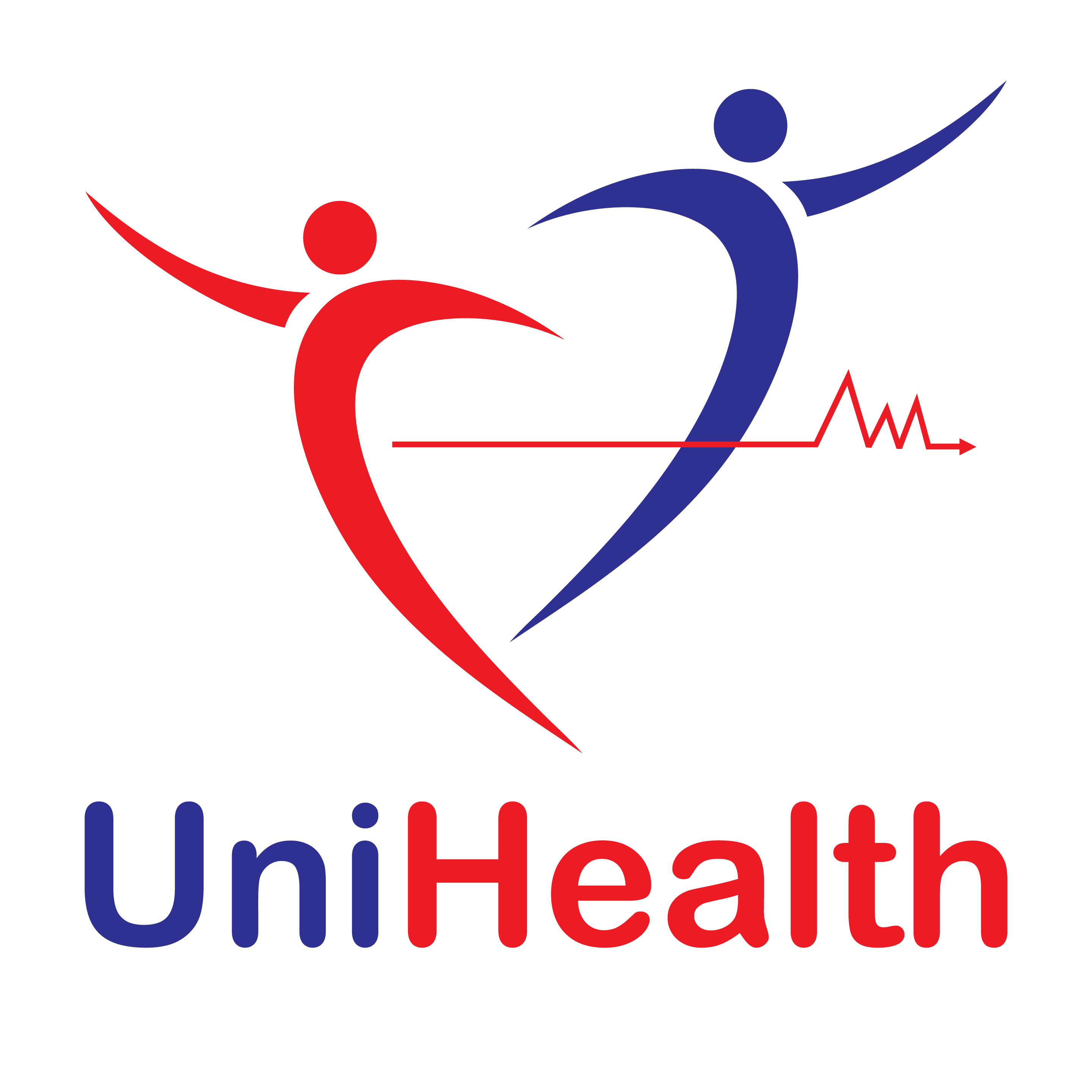Strokes are serious medical emergencies that demand immediate attention. Recognizing the signs, symptoms, and available treatment options for a stroke can be lifesaving. At UMC Victoria Hospital, we are dedicated to educating our community about stroke awareness and offering the highest standard of care to stroke patients. In this blog, we will share crucial tips for identifying and treating a stroke.
Understanding Stroke
A stroke happens when the blood supply to a portion of the brain is disrupted or diminished, depriving brain tissue of oxygen and nutrients. Brain cells begin to die within minutes, making prompt treatment vital. There are two primary types of strokes:
- Ischemic Stroke: The most common form, accounting for approximately 87% of all strokes, occurs when a blood clot obstructs or narrows an artery leading to the brain.
- Hemorrhagic Stroke: This type happens when a blood vessel in the brain ruptures, causing bleeding within or around the brain.
Recognizing the Signs of a Stroke
Being aware of stroke symptoms enables swift action and timely medical intervention. The key signs include:
- Balance: Sudden loss of balance or coordination.
- Eyes: Sudden vision problems in one or both eyes.
- Face: Facial drooping or numbness, typically on one side.
- Arms: Weakness or numbness in one arm.
- Speech: Slurred speech or difficulty understanding speech.
If any of these symptoms are present, call emergency services without delay.
Immediate Steps to Take
If you suspect someone is having a stroke, remember to act FAST:
- Call Emergency Services: Dial your local emergency number immediately. Do not wait to see if symptoms resolve.
- Note the Time: Record the time when the symptoms first appeared. This is crucial for determining the appropriate treatment.
- Keep the Person Safe: Position the person safely, preferably lying down with their head slightly elevated.
- Avoid Food or Drink: Do not give them anything to eat or drink, as swallowing may be impaired.
- Stay Calm: Reassure the person and stay calm while waiting for emergency services to arrive.
Stroke Treatment at UMC Victoria Hospital
At UMC Victoria Hospital, our specialized stroke team is equipped to provide rapid and comprehensive care. With advanced facilities and experienced professionals, we ensure that patients receive the best possible treatment:
- Immediate Assessment: Our team conducts a thorough evaluation to determine the type and severity of the stroke.
- Imaging Tests: We utilize advanced imaging techniques like CT scans and MRIs to visualize the brain and identify the stroke’s cause.
- Medications: Depending on the type of stroke, we may administer medications to dissolve clots or manage bleeding.
- Thrombectomy: For ischemic strokes, we may perform a thrombectomy to mechanically remove the blood clot.
- Supportive Care: Our care extends beyond the acute phase, including rehabilitation to help patients regain independence.
Rehabilitation and Recovery
Recovering from a stroke can be a long and challenging journey. Rehabilitation is crucial to helping stroke survivors regain independence and enhance their quality of life. At UMC Victoria Hospital, our multidisciplinary team offers comprehensive stroke rehabilitation services, including:
- Physical Therapy: To improve strength, coordination, and mobility.
- Occupational Therapy: To assist with daily activities and enhance fine motor skills.
- Speech and Language Therapy: To address communication and swallowing difficulties.
- Psychological Support: To help manage the emotional and mental impact of a stroke.
Preventing Stroke
Prevention is vital in reducing stroke risk. Here are some tips to help lower your chances:
- Control Blood Pressure: High blood pressure is a significant stroke risk factor. Regularly monitor it and follow prescribed treatments.
- Manage Diabetes: Keep blood sugar levels under control with diet, exercise, and medication.
- Maintain a Healthy Diet: Eat a balanced diet rich in fruits, vegetables, whole grains, and lean proteins. Limit intake of salt, sugar, and saturated fats.
- Exercise Regularly: Aim for at least 30 minutes of moderate exercise most days of the week.
- Avoid Smoking: Smoking greatly increases stroke risk. Seek support to quit if needed.
- Limit Alcohol Consumption: Drink in moderation or abstain from alcohol altogether.
- Monitor Cholesterol Levels: Keep cholesterol levels in check through diet and, if necessary, medication.
- Manage Stress: Practice stress-reducing techniques like mindfulness, meditation, and yoga.
Conclusion
Recognizing stroke symptoms and seeking immediate medical attention can save lives. UMC Victoria Hospital is dedicated to providing the highest quality stroke care. By understanding risk factors and adopting preventive measures, you can significantly lower your stroke risk. Remember, every second counts—if you suspect someone is having a stroke, call emergency services right away.



